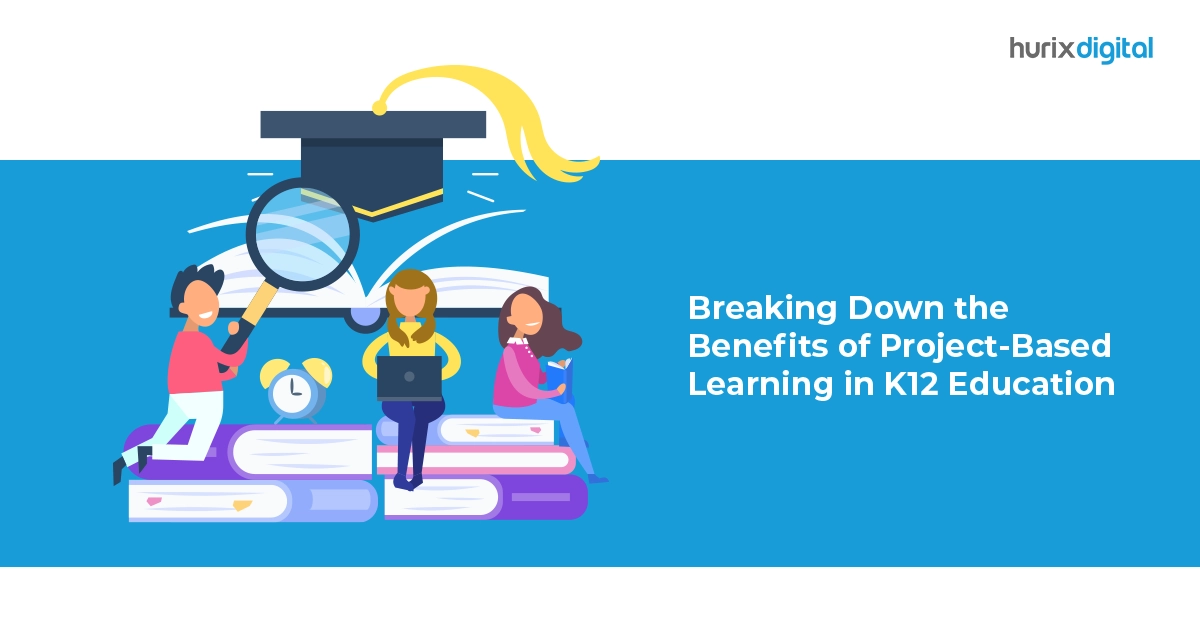
Why is CTE a New Option for Student Success in Today’s K12 System?
K12 education today is more than sitting at a desk and taking notes. It is about rolling up your sleeves, diving into real-world projects, and discovering your passions while still in school. The program that makes this possible is Career and Technical Education (CTE).
CTE opens doors to a world of possibilities from designing computer software to building sustainable structures. It is reshaping the landscape of education by offering students hands-on experiences and pathways to success. Students can explore their interests and develop valuable skills that prepare them for success in both college and careers.
But what exactly is CTE, and how is it reshaping student success in today’s K–12 system? This blog will give you the answers to these questions and more.
Table of Contents:
What is CTE?
Career and Technical Education (CTE) refers to educational programs that provide students with the knowledge, skills, and experiences necessary to succeed in specific careers or industries. These programs integrate academic high school curriculum with hands-on, real-world learning experiences, like internships, apprenticeships, and project-based assignments.
CTE courses help in career exploration, as students can explore their interests in various fields before choosing an option. Some of the career pathways CTE offers include:
- Information technology
- Agriculture, food, and natural resources
- Business management and administration
- Finance
- Health Science
- Human Services
- Arts, media, and communication
- Public service and government
CTE programs are not limited to school-level preparation. They can also help prepare students for immediate employment and further education.
Also Read: The Role of Curriculum Specialists in K12 Education: Responsibilities and Impact
Benefits of CTE in K12 Education
CTE offers several benefits in K12 education. These include higher graduation rates, exploring more career options, becoming work-ready, and achieving better academic performance. Let’s discuss some of them:
1. Practical Skill Development
The ultimate aim of any CTE program is career preparation and skill development. And the best way to develop them is to use hands-on learning. Therefore, students get practical experience and turn theory into application with CTE programs.
A lot of programs are also practice-oriented, like health science, agriculture, and construction. Students learn skills like programming software, operating machinery, designing buildings, or even performing medical procedures.
2. Increases Engagement and Motivation
Career education has become an indispensable part of K12 education. It inspires students to do their best in academics and practicals. But how does it do this?
Well, one of the reasons is the hands-on nature of CTE. It helps students become active learners and participate in activities with more engagement and motivation. Another reason is that it helps them recognize the relevance of what they are studying in school to the real world.
CTE programs are also linked with low dropout rates, high graduation rates, and even better earning opportunities.
3. Helps Make Future Choices
Imagine if we could experience the nitty-gritty of our career options before investing a huge chunk of time and money in them—wouldn’t that make the choice easier? That is exactly what CTE offers!
You can explore a variety of career options and learn their intricacies directly from the professionals involved in them. You can prepare for college or directly enter the workforce.
Even if you end up deciding that the career is not for you after a CTE program, it still gives you valuable skills that can come in handy in the future. You can keep them as your Plan B.
4. Multiple Pathways to Success
CTE offers alternative education paths to success. It caters to diverse interests, abilities, and career goals.
CTE programs provide industry-specific training and certifications for students who want to enter the workforce. They also offer seamless transitions and insight into what students can study, such as STEM education or other specialized fields, for students who want to pursue further education.
So, whether you plan to enter the workforce immediately after high school, pursue further education at technical schools, or attend four-year universities, CTE helps achieve them all.
5. Addresses Workforce Shortages
In 2023, the global labor shortage reached a whopping 77%. The world needs more skilled labor in the minimum amount of time possible. CTE helps do that by addressing learning gaps and preparing students right from middle school.
Today, the most in-demand skills are IT and data, engineering, sales and marketing, and operations and logistics. CTE offers various programs in these fields. It prepares students through hands-on training, industry-relevant coursework, and work-based learning experiences.
These programs often partner with local and global businesses to offer children an authentic work experience.
How Can You Incorporate Effective CTE?
Here are the things you should remember to incorporate effective CTE:
1. Identify Industry Needs
Start by researching and identifying industries’ current and future needs in your region and globally. The programs you offer should be aligned with industry trends, demands, and the interests of your students.
2. Develop Curriculum
It is best to collaborate with industry professionals, educators, and curriculum developers to develop the curriculum across various programs. This will help create a curriculum that aligns with industry standards and prepares students for careers in high-demand fields.
3. Provide Flexible Pathways
CTE programs offer flexible pathways to accommodate students’ diverse needs. Students can choose a program based on their interests, abilities, and career goals. This includes offering a variety of courses, career academies, and dual-enrollment programs that allow students to earn college credits while still in high school.
4. Consider Industry Partnerships
Industry partnerships are crucial to providing effective hands-on learning and real-world experiences to students. Therefore, forge partnerships with local businesses, industry associations, and community organizations to plan mentorship and internships.
Also Read: Addressing Learning Gaps: Effective Remediation Techniques in K12 Education
Conclusion
CTE is a game-changing educational innovation that has drastically transformed K–12 education. It offers students hands-on, real-world experiences and equips them with the practical skills, knowledge, and credentials needed to thrive in our rapidly changing job market.
A comprehensive CTE involves partnering with industry leaders, providing a range of options and a highly relevant curriculum.
Hurix Digital’s K12 solutions can help you develop effective CTE programs. We provide custom solutions aligned with your goals, including developing relevant curricula with SMEs, providing assessment services, and creating engaging instructional content.
Want to learn more? Contact us today!

Senior Vice President
A Business Development professional with >20 years of experience with strong capability to sell new solutions and develop new markets from scratch. New Market Entry Specialist with experience of working in two of the largest emerging markets – China & India. Also covered other key markets in APAC, US, EU & ME. Exceptional experience of conceptualizing, ideating and selling new learning technologies like VR AR, etc. across multiple industry verticals.









